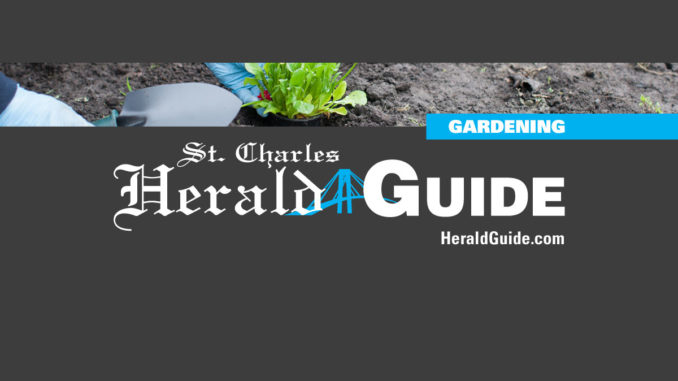
by LSU AgCenter horticulturalist
Growing houseplants successfully starts with understanding their needs. Houseplants contribute to and become part of the interior decor, but they are not furniture or knickknacks. They are alive. And like all living things, they have certain requirements that must be met to be healthy.
Primary among these is light. Light provides the energy plants use to create their food. You cannot grow a plant where there is not enough light, no matter how good it looks in that location.
Houseplants are often spur-of-the-moment purchases, but planning will bring about more consistent and satisfactory results. Walk through your home and think about where plants would be appropriate. Focus particularly on areas where the family spends a lot of time, such as the kitchen or living room. Where is there sufficient light? How many and how large should the plants be? Will they sit on a windowsill or on the floor, or perhaps hang in a basket?
Choose a plant that will survive in the location where you intend to place it – particularly regarding the amount of light that spot receives. Different types of houseplants will grow in higher or lower light conditions. Ask the nursery staff to help with the selection based on the amount of light you will be able to provide. Make sure the pot has a tag with the name of the plant on it. Without a name, you cannot look up or ask someone for more information about the plant later.
Houseplants generally are grouped into high-light, medium-light and low-light categories. High light levels are provided by unobstructed east-, southeast-, southwest- and west-facing windows. Medium (in summer) to high (in winter) light levels are provided by unobstructed south-facing windows. North-facing windows provide low light levels. Low light levels also may be provided by placing plants several feet from east-, west- or south-facing windows. Light is most often provided by sunlight shining through windows, but artificial light can also be used effectively to grow indoor plants.
Place plants where you have determined they will get the proper amount of light. Within four to eight weeks, the plant generally will indicate if there is a serious problem. Whether there actually is enough light in the area is, after all, the plant’s decision – not yours. If there are no pests present and the plant has been watered properly, a deteriorating condition usually indicates insufficient light. Move the plant to a brighter location.
People often obsess over how to water their houseplants. For the majority of plants, it’s really quite simple. Stick your finger into the pot every few days. If the soil feels damp or moist, don’t water. If the soil feels dry, water. Generally, don’t allow plants to wilt before you water them. This stresses them and can cause leaf drop, flower bud drop and brown leaf edges.
Apply water until some runs out of the pot’s drainage holes and into the saucer underneath (or water them at a sink and let them drain there). That way you know that you have moistened the entire root ball. Don’t let the pot sit in a saucer full of water, however. Remove the water in the saucer if it is still there a few hours later. There. Isn’t that simple?
Newly purchased houseplants should not be immediately repotted. If the plant does well, however, repotting will eventually become necessary. When the time comes to repot the plant, the new container should have drainage holes. There must be some way for excess water to drain out of the soil when it’s watered. Otherwise, we run the risk of the soil staying saturated, drowning the roots and encouraging root rot. Choose a pot you find attractive and that fits in well with your interior decor. Clay, plastic or other materials are all appropriate as long as they have drainage holes.
Only use soil specifically blended for use in containers called “potting soil” or “potting mix.” Do not use topsoil or garden soil products or soil you dig up from your outdoor garden beds. Many potting mixes are made primarily of peat moss, perlite and vermiculite because these materials produce a medium in which container plants grow well. You must, however, regularly fertilize plants growing in them.
Potting mixes are available under various brand names. Some have added components, such as fertilizer or materials that retain water and reduce the need for watering. Whatever potting soil or mix you use, make sure it feels relatively light when you pick up the bag, is loose, drains freely and does not pack tightly in the pot.
If you’re growing orchids, keep in mind they require special potting mixes based on bark and are not potted in traditional potting soil. Look for potting mixes in bags labeled for use in growing orchids.
Because most plants grown as houseplants are native to the tropics, they should not be exposed to freezing temperatures. Generally, avoid temperatures below 45 degrees. Also avoid extremely high temperatures (as in leaving plants in a parked car with the windows rolled up on your way home from the nursery during the summer). The normal temperatures we maintain inside our homes are just fine for most houseplants.
With consideration given to their needs and a commitment to providing the care necessary, you can grow a wide variety of wonderful plants in your home.




Be the first to comment